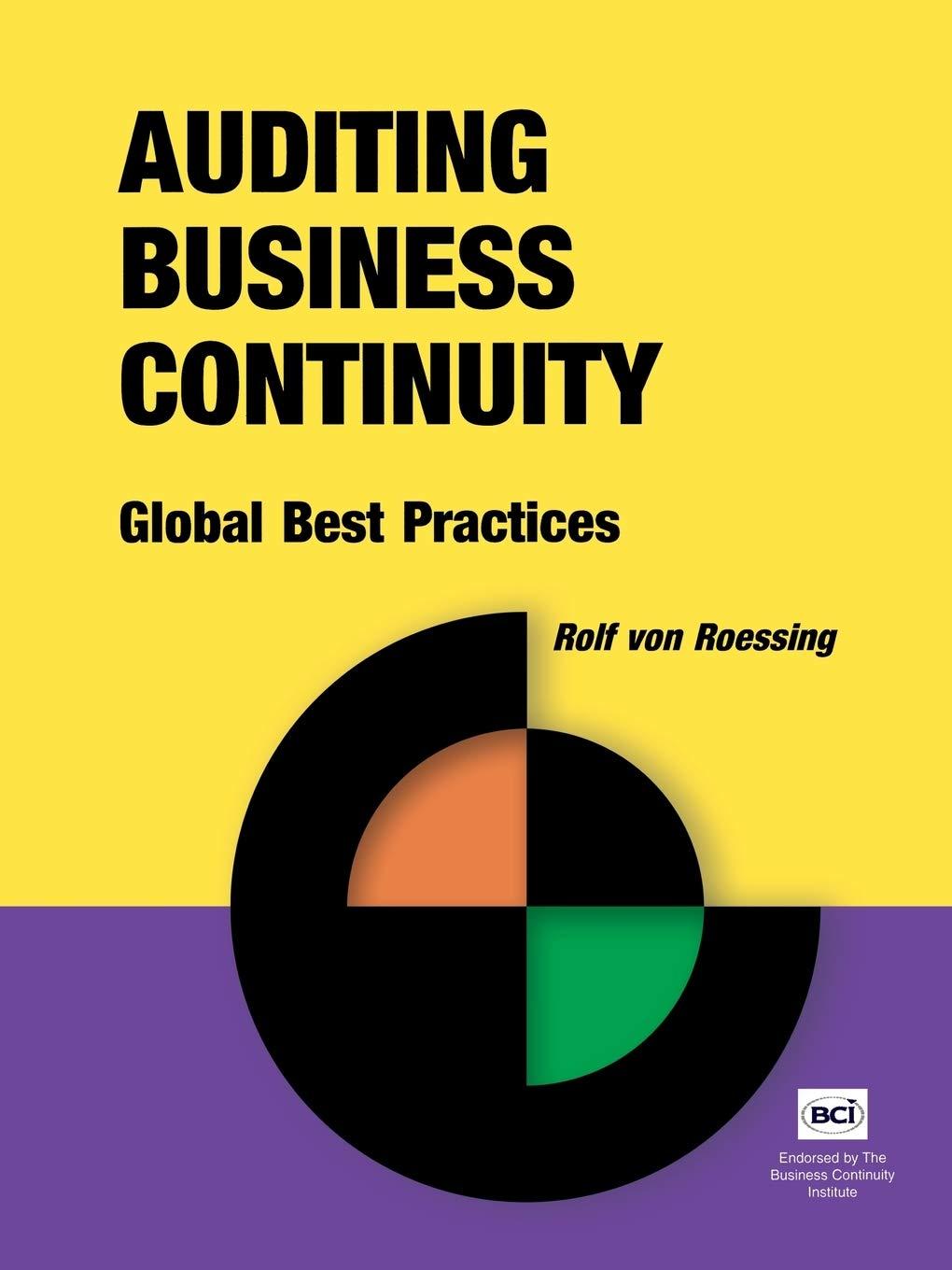Question
Paterson Coombes Armitage (PCA) is a Western Australian audit firm, and it has recently signed up Whiteley Ltd (Whiteley) as an audit client. Nora Whiteley
Paterson Coombes Armitage (PCA) is a Western Australian audit firm, and it has recently signed up Whiteley Ltd (Whiteley) as an audit client. Nora Whiteley founded Whiteley in 2013; since then, the company has grown organically. Eliana Parkinson, an audit partner at PCA and Sahara Hills, an audit junior, recently met Roland Morrow, Whiteleys CEO, to discuss the upcoming audit and to understand its internal controls. Whiteley owns Katies Construction, one of Western Australias largest private construction companies. They design and build custom family homes. Most of the staff is employed directly by Katie, except for some contractors and some sales team members. Katie has long-term agreements with several suppliers to supply the raw materials used in construction. Every month, the purchasing department assesses the purchase requirements and sends the purchase requisition request to the CFO for assessment. Once approved, the purchasing department sends the purchase orders to the suppliers. The terms and conditions are as per the ACC605_Assessment_2_Case Study Report & Presentation_Individual_Module 5.1 Page 4 of 12 agreement signed by both parties. Any variation from these terms and conditions requires the approval of both the CFO and the CEO. All board members approve the capital expenditure budget every six months. As the construction industry relies heavily on expensive and specific equipment, such costs account for more than 40% of Katies annual cash outflow. Katie depreciates these assets per Katies asset acquisition and management policy, which complies with the requirements of the applicable accounting standards. Katie also hires an external consultant annually to ensure that all capital acquisitions and related depreciation, revaluation and impairment charges meet the accounting standards. Katie employs 84 staff members across the business, and everyone has a fixed remuneration, except for senior management, who also earn annual bonuses. The senior management team proposes and approves these annual bonuses, which align with industry standards. Katie also engages numerous specialised contractors during the construction phase. Each contractor negotiates an hourly rate for each job directly with the general manager, which sometimes contradicts the industry standards. The CEO allows the General Manager to negotiate these rates due to the limited supply of such skills in the industry. Most customers are pleased with Katie, who is a leader in constructing custom homes. Even though the final purchase price is normally a great deal more than what Katie initially quoted to most customers, they are satisfied with the construction and thus happy to pay the additional fee. However, some customers have sued Katie for irrational and excessive charges to their account (an example being the rates for the special contractors mentioned above). They believe that Katie charges much more than what they paid the contractor. When asked, Katie failed to provide evidence that confirms the cost of such services to Katie. These customers seek over $10 million in damages, and Katie refuses to disclose this information in the financial report. Based on the case study information (outlined below), write a report analysing the critical areas of the clients financial report where misstatements are likely to occur. In this report, you should also describe the audit strategy that should be adopted and undertake the necessary audit tests. Your report must include the following sections: 1) A summary of the critical areas of audit risk (150 words) Provide a summary of the critical areas of the clients financial report where misstatements are likely to occur, describe what audit strategy the firm should adopt and state which control tests should be undertaken. 2.) Discussion (1,500 words) With reference to the case facts, you must identify the critical areas of the clients financial report where misstatements are likely to occur. o If the risk of material statement is at the financial report level, you must explain the risk in detail and how it will affect the financial statement/s. o If the risk of material misstatement is at the account or transaction level, you must identify the exact account name or the transaction at risk and state the related assertion/s. o In all instances, you must justify and cite your views using the relevant accounting and/or auditing standards for each misstatement. Considering all the material misstatements identified above, you must draft a preliminary audit strategy for this client and justify your opinion. You must test at least two internal controls that are present in the case study. You must also discuss the impact of the uncorrected material statements on an audit report. 3.) Conclusion (150 Words) Conclude your report by briefly explaining the critical areas of concern, your preliminary audit strategy and the control tests necessary to address the identified risks and the impact of uncorrected material misstatements on an audit report. 4.) Reference List Provide a reference list covering all the relevant legislation, auditing standards and any other sources of evidence you referred to in your Reflective Report using APA 7th style referencing.
Step by Step Solution
There are 3 Steps involved in it
Step: 1

Get Instant Access to Expert-Tailored Solutions
See step-by-step solutions with expert insights and AI powered tools for academic success
Step: 2

Step: 3

Ace Your Homework with AI
Get the answers you need in no time with our AI-driven, step-by-step assistance
Get Started


